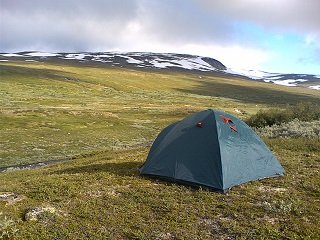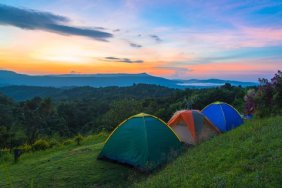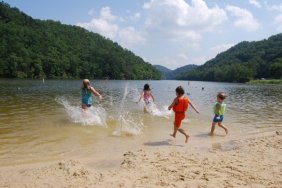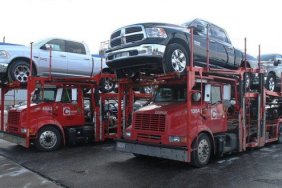 When it comes to buying major pieces of outdoor gear, I feel like retailers should offer pamphlets outlined with tips, or at least checklists with factors to consider during the process. Such helpful information can really help consumers distinguish important, often overlooked factors from the ones that aren’t necessarily important. Today, I’ve collected a few questions you should ask yourself when it’s time to pick up a tent, in hopes it will help you stay focused on the important factors.
When it comes to buying major pieces of outdoor gear, I feel like retailers should offer pamphlets outlined with tips, or at least checklists with factors to consider during the process. Such helpful information can really help consumers distinguish important, often overlooked factors from the ones that aren’t necessarily important. Today, I’ve collected a few questions you should ask yourself when it’s time to pick up a tent, in hopes it will help you stay focused on the important factors.
When considering what size tent you should buy, I suggest climbing right in at the store, in order to get a feel for your own preferences. As you do this, keep in mind that your space requirements will be dependent on more than just the number of people you’ll be camping with. The conditions you’ll be facing in a given region will dictate the gear you’ll bring, which means you might want extra room for extra equipment.
How strong should your tent be? Well, I suggest choosing a tent that can handle the worst weather you expect to encounter where you’re going. More often than not, three-season tent will be a solid middle ground between weight and protection against the elements. However, you’ll obviously want to upgrade if you predominantly camp in regions like the Rockies or the Pacific Northwest, where higher altitudes mean strong winds.
Some of us love to shed ounces wherever we can (guilty, as charged). However, be careful not to let such a mindset guide you to buy a tent you won’t be satisfied with. How light should you go? As a rule, you can expect to carry about two pounds per person in tent weight. Increased protection against the elements will add more weight, while lighter materials will often mean higher cost.
Tents these days can come with a variety of features, but which ones matter to you? While it can be easy to be drawn to such extras, it’s important to determine which features you must have and stick to your guns. For instance, consider the ease of entry-exit, as well as the number of doors the tent possesses. Also, some people prefer bright colors because they’re easier to see if an emergency arises. Other popular considerations include gear pockets, fastpitch setup, and ceiling mesh (for those stargazers out there).
Hopefully, the questions above will help you make a more practical purchase when it’s time to pick up a new tent. With so many factors to consider, it can be easy to be overwhelmed or even overlook a few as you go through your mental checklist. The main thing is to focus on what you need—personally and for your region—and stick with those requirements.








